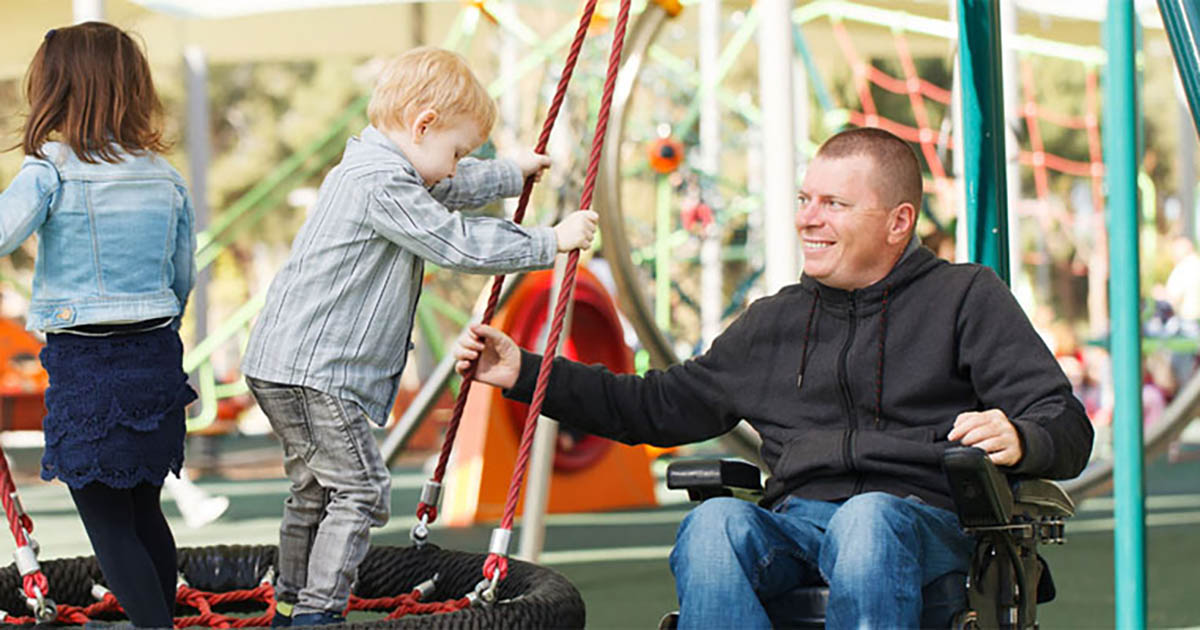Warning Signs Of Amyotrophic Lateral Sclerosis
Only five to ten percent of individuals inherit amyotrophic lateral sclerosis (ALS), sometimes referred to as Lou Gehrig's disease, yet there is no known cause for why the other ninety to ninety-five percent don't get it. Amyotrophic lateral sclerosis is a disease that kills nerve cells eventually rendering the affected individual disabled and is ultimately fatal. In the United States alone there are thirty thousand cases and an average of five thousand new cases per year. If someone has a family history of it, there is a 50/50 chance of getting it. Get to know the major symptoms of amyotrophic lateral sclerosis now.
Difficulty Walking

Individuals with amyotrophic lateral sclerosis may experience difficulty walking as one of the symptoms. Sometimes in the beginning stages, patients will have motion issues in one leg rather than both. In various cases, patients note being more clumsiness while walking, such as tripping more often than usual. This is known as 'limb-onset ALS,' in which the muscles in the legs, feet, and ankles get weaker. Because of the muscle weakness, it is more difficult for the patient to do normal daily activities. Although the progression of amyotrophic lateral sclerosis varies from person to person, the result is ultimately the inability to stand or walk. To help maintain independence for as long as possible, a patient can do physical therapy to strengthen the muscles not yet affected.
Continue reading to learn about another trademark symptom of ALS now.
Slurred Speech

The weakening of muscles can eventually cause slurred or nasal speech as well as problems swallowing, which is known as 'bulbar onset amyotrophic lateral sclerosis.' The patient may have difficulty in forming words or speaking loudly and clearly. This does not mean their brain is deteriorating, as ALS does not affect the function of the brain. The disease kills the motor neurons that extend from the brain to the spinal cord and from the spinal cord to the body’s muscles. Once the motor neurons or nerve cells have been damaged, the damage cannot be reversed. However, there are ways to help slow this progression down. For example, a speech therapist can teach the patient how to speak more clearly and project their voice. Problems with speech are a gradual process, though if this becomes a severe issue, the ALS patient can try working with modern technology to assist with communication.
Continue reading to understand more symptoms of amyotrophic lateral sclerosis now.
